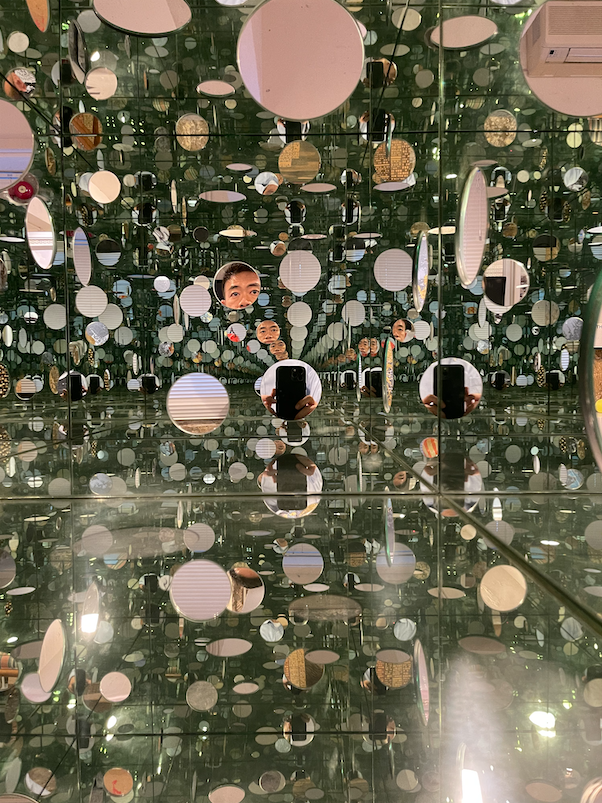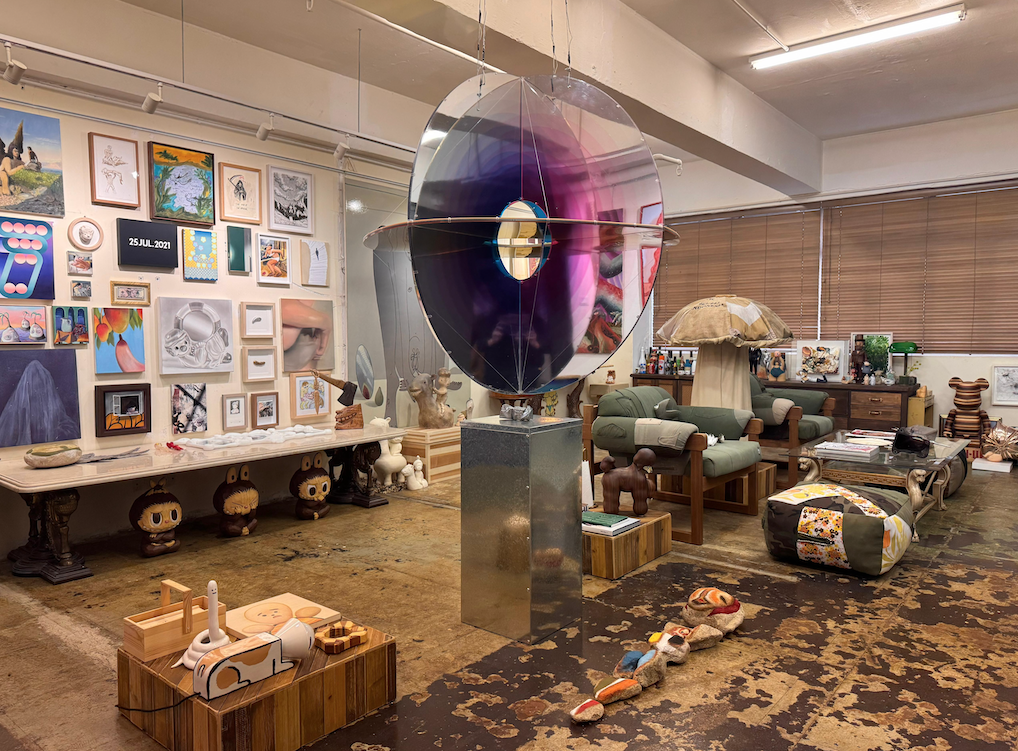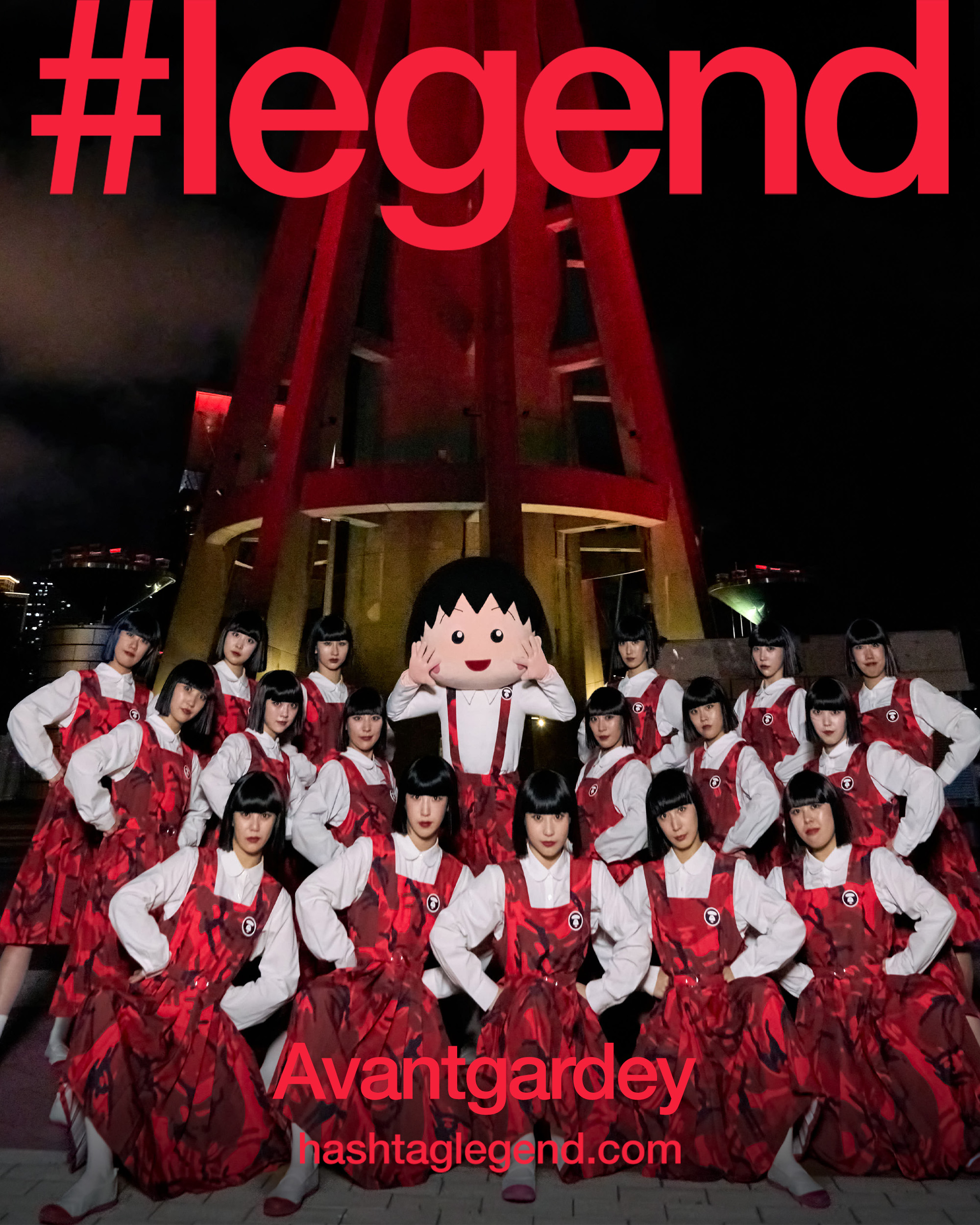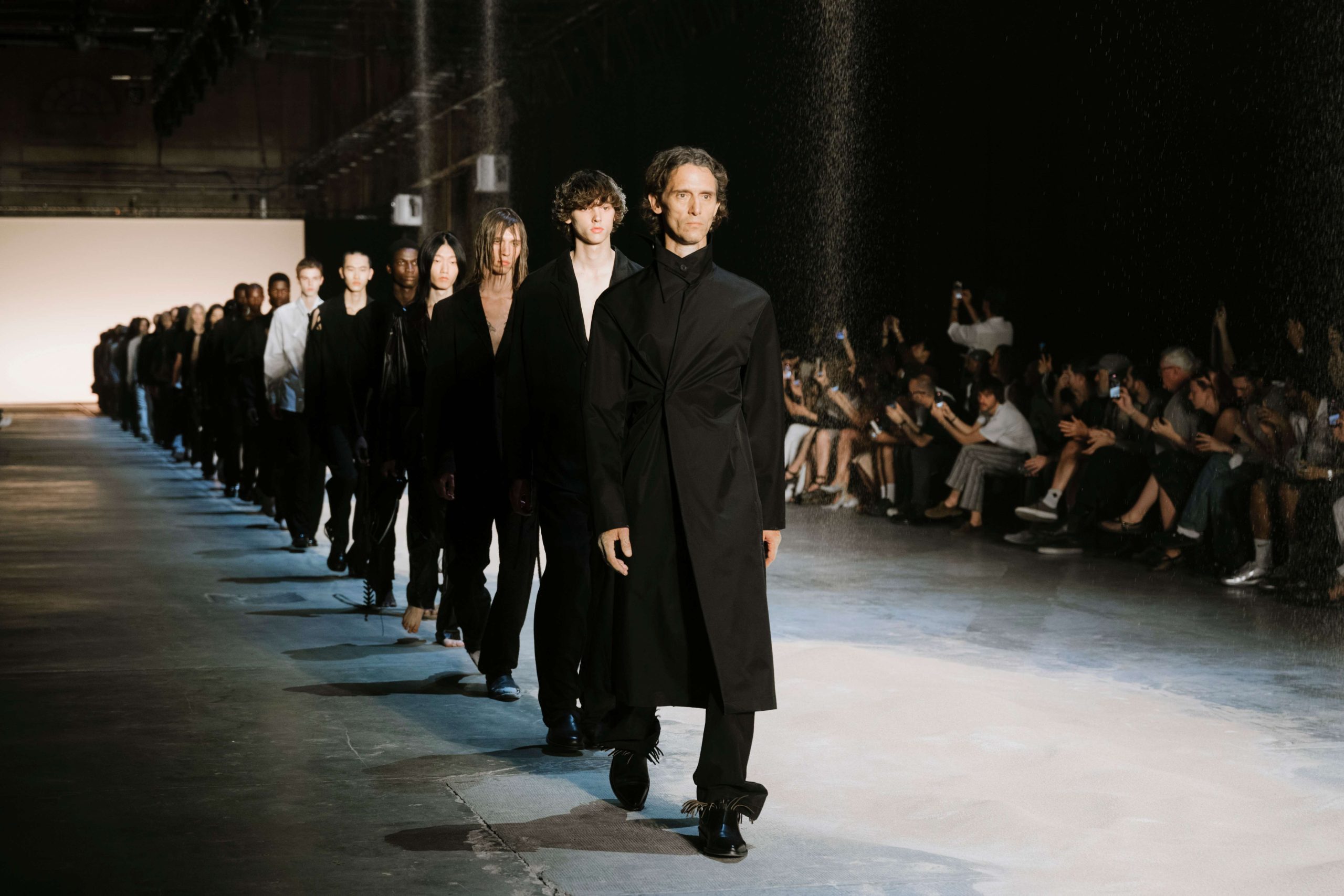Have you ever wondered who’s buying up all the art being displayed at Hong Kong galleries and art fairs, or considered joining their ranks? Prominent local collectors Alan Lau and Matt Chung, Henry Chu and Muddy Water talk to Jaz Kong about their journeys and reveal the approaches, passions and philosophies that have shaped their distinctive collections and contributions to the city’s cultural landscape
Art collecting is a serious matter. Even so, there are many ways to go about it. Some collectors are very systematic, others goal-oriented, some are eager to learn or willing to take more risks, and others make decisions based on their heart rather than their head. Whichever method they choose, the result is a beautiful collection that is deeply personal and potentially legacy-defining. But don’t take our word for it. Alan Lau, Matt Chung, Henry Chu and Muddy Water (Stanley Wong) are all prominent figures in Hong Kong’s vibrant art scene who collect for fun, of course, but also for their own enrichment (while sipping champagne and chit-chatting at gallery openings and auction previews). Each brings a unique perspective to collecting, as their personal journeys and carefully curated collections offer valuable insights into how art shapes their lives – and how their lives shape their art.
Alan Lau, CBO of Animoca Brands, vice chairman of M+, co-chair of the Tate Asia Pacific Acquisition Committee and the Guggenheim’s Asian Art Circle, former chair of Para Site

If you visit M+, you can’t miss the M+ Sigg Collection. While Uli Sigg has undoubtedly played a major role in building M+’s collection, so has Alan Lau, who says he is the first local collector after Sigg to donate artworks to the museum. Lau is not only a fintech tycoon but also an important figure in Hong Kong’s and even Asia’s art scene for his dedication to growing the local art community.
He served as chair of Para Site, Hong Kong’s oldest independent contemporary art institution, for over 15 years before recently stepping down. He has also been on the board of directors at M+ and currently serves as its vice chairman, among other influential positions.
A first-generation collector, Lau took the fast track to become one of the most insightful and admired collectors in the region. He recalls buying his first piece some 20 years ago, when he first had his own office with blank walls to fill. “I just wanted to buy something very local, so I went to look for a King of Kowloon (Tsang Tsou Choi) piece,” he says. “From there, I got to know a couple of gallery friends and very soon I plunged into this rabbit hole. I found the art world a very fascinating one. But without an art background, I studied intensively about everything.”
Lau’s exemplary collection is a testimony to his belief that “collecting is the urgent need to tell a story. And for me, I’m telling stories about someone like me, not personally but someone born in the ’70s, someone who has witnessed the handover of Hong Kong, China’s economic rise, and [the change] from the dial-up narrowband Internet to modern technologies such as AR and AI – hence the need to record these major changes and events.”
While the art world might already know what Lau has in his Doraemon’s Pocket, they might be surprised by the other smaller yet significant items he collects, including newspaper clippings and flyers. “There was a Subway data breach a couple years back, which is a historical moment in the discussion of data privacy,” he says. “I asked my friend in the US to save a copy of The New York Times that day as it made it to the front page.”
Also see: Affordable Art Fair Hong Kong: What to keep in mind when buying art for your home
Such beliefs also inform Lau’s role at M+. “It’s our duty to collect artworks by or about Hong Kong artists, which is to keep a record through our collection, to tell stories about our city, China and even Asia,” he says. “From a more practical point of view, this will level up Hong Kong as a key art hub.”
This is not just for the market’s sake, he notes, but for generations to come as well. “We have school visits almost every day, and seeing the students often reminds me why we’re doing this: especially in the age of AI, is burying our heads in textbooks the only and best way to study? What other ways should we understand the world?”
Lau says he doesn’t really see himself as a collector as much as a “custodian” of art. “They’re going to outlive me, just like Mona Lisa and the Renaissance paintings outliving everyone else. They will live on, and I hope some of them will live on in places where a lot of people see them,” he explains.
Lau has some “impossible to collect” works, one of which he donated to M+ – a Tino Sehgal performance – and another, which means the most to him, being A Day with the Artist by Tozer Pak Sheung Chuen, in which Pak “sold” a day to Lau without promising what Lau would receive in return. Lau also cites Ai Weiwei’s Neolithic vases in industrial paint. “I have some of those and it really gives me the gravitas of understanding what I’m doing, that in the 7,000 years of history, everyone is just a very small part.”
At a time when everyone is questioning whether AI will replace humans, Lau believes it isn’t that simple. “What people love about art is its authenticity. AI can mimic techniques on the surface level, but it can’t recreate the stories and authenticity behind [the art],” he explains.
Having been in the market for two decades and witnessed art collecting becoming a “trend”, Lau has developed a unique perspective. “If it’s a trend, I wish it could be trendier and see more and more serious collectors,” he says. “I’ve learned a lot during the collecting process. And I think my collection is a reflection of my view of the world, which is a witness of my personal growth and changes in the world.”
Matt Chung, writer, gallerist and consultant

From art enthusiast to collector to ex-gallery owner, Matt Chung is no stranger to contemporary art. Over the course of his collecting journey, Chung has learned to filter and eventually shut out “advice” and voices from other people, building a fun and diverse collection that reflects his unique personality and vision.
After walking through Chung’s extensive collection at his work/display/storage space in Wong Chuk Hang, we sit at a table surrounded by artsy designer chairs – some of which still bear cat fur and scratch marks from the time he used them at home. Chung shrugs and says, “Any chair, be it a work by Daniel Arsham, is still a chair made for people to sit on.” Indeed, art wouldn’t be art without an audience, whether human or, in this case, feline.
It’s hard to grasp whether there is a theme or particular purpose to Chung’s collection. But one thing for certain is that Chung’s passion for art and collectibles was sparked by his teenage idols such as Nigo, Hiroshi Fujiwara and TK. “My collecting journey started off by referencing childhood idols,” he says, “to buy the things that we couldn’t have when we were young.”
But people grow up and their thinking matures. With his first baby due soon, Chung has taken time to reflect on his collecting journey and who he is now. “I believe it’s a way to learn about and improve myself. From art toys to smaller and cheaper paintings, evolving to understanding more and buying better – this is my story.”
What Chung finds interesting is “the definition of art”. Take his set of movie-theatre-like Jean Prouvé chairs for example. “I got this set of chairs from a Phillips auction. One day, a friend returning from overseas saw them and asked whether they were old chairs taken down from the Star Ferry. While the chairs mean a lot to me – and I had to pay a great deal for them – to some people who don’t have the slightest idea, these are just unwanted old chairs.”
While his Wong Chuk Hang space is large, it still raises a question whether Chung would sell any of his works, for whatever purpose. “I think ‘selling’ artworks is a rather taboo topic in the art world, because of the negative connotation of the word ‘flipper’,” he replies. “But let’s look at it from a different perspective – art collecting is almost like dating. Yes, you might like someone or something, but some couples break up after three months, a year or 10 years.

“You know from the very beginning that it’s not marriage that you seek, but also not just hook-ups either. It’s impossible to keep every single piece of work that you ever bought. When someone is willing to pay a much higher price for something I own, I take it as a stamp of approval of my good eye. The art world and my fund is only sustainable that way.”
Another comment Chung often hears is that his collection is too diverse and lacks a single, standout piece. “I used to believe what they say and think it’s missing an iconic or signature piece. Eventually I’d want something like that – it’s like finally winning a ‘wife’ after 500 dates, even if all of them are beautiful ladies,” he says. “However, I think art collecting should never be a competition.”
On that note, Chung is referring to whispers he hears about whose collection is better or bigger or making more of an impact. “I was detoxing a couple months ago as I’m welcoming my newborn soon,” he explains. “Reflecting on my life and what’s going on in the world, I’ve wasted too much time and money on things that don’t truly matter, on voices that come from other people. This is a time for me to embark on a new journey. I need to think about what interests me and what matters to me most now.”
Building on these thoughts, Chung offers another layer to the philosophy of collecting through his observations as a gallerist and consultant. “I think we can loosely categorise people we see in a gallery into three types of people: one, they’re here for the investment value; two, they collect and invest according to their taste; and three, which is the highest form of collecting, is for academic purposes. This is especially true when the market is slow, because those who stay are true aficionados.”





